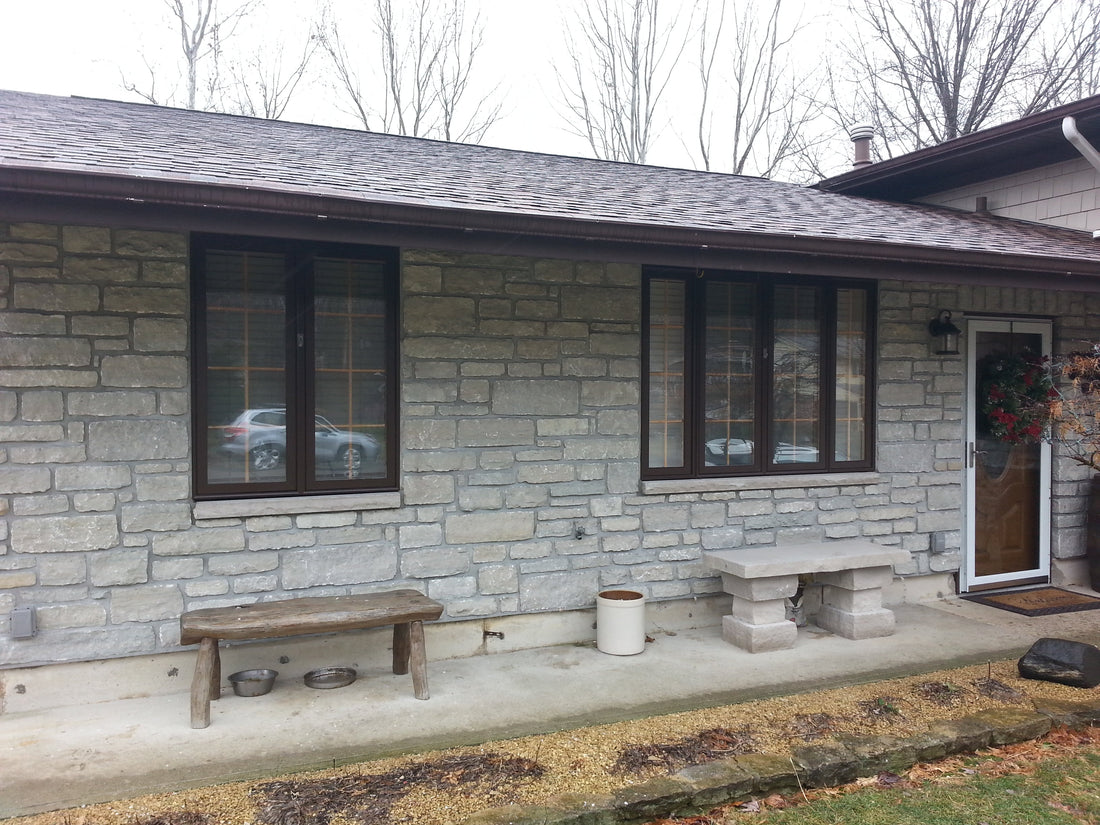What Does "Full Bed Stone" Mean?
In the realm of geology and landscaping, the term "full bed stone" might sound a bit mysterious. However, understanding its meaning is crucial for anyone involved in construction, gardening, or simply appreciating the natural world. This comprehensive guide will delve into the definition, uses, and significance of full bed stone.
In essence, "full bed stone" refers to a layer of stone that completely covers a specific area, often used as a base layer in construction or landscaping projects. It's not just about scattering stones haphazardly; it's about creating a consistent, even layer with minimal gaps.
Uses of Full Bed Stone
Full bed stone finds application in various contexts:
- Construction: It provides a solid, stable foundation for structures, improving drainage and preventing settling. This is especially important for driveways, patios, and retaining walls.
- Landscaping: In gardens and landscaping projects, it enhances drainage, suppresses weeds, and creates a visually appealing base for plants or pathways. It is often used under paving stones or gravel.
- Drainage Solutions: The porosity of full bed stone helps manage water runoff, preventing erosion and waterlogging. This is particularly beneficial in areas prone to flooding.
- Erosion Control: On slopes and embankments, a full bed stone layer aids in stabilizing the soil and preventing erosion caused by rainwater or wind.
Types of Stones Used for Full Bed Stone
The type of stone used depends heavily on the project's specific requirements. Some commonly used options include:
- Crushed Stone: A cost-effective and readily available option, offering excellent drainage properties.
- Gravel: Various sizes and types of gravel are used, depending on the need for drainage, aesthetics, or weight-bearing capacity.
- Riprap: Larger, irregularly shaped rocks used in more substantial projects, like stream banks and retaining walls, offering robust erosion control.
Benefits of Using Full Bed Stone
Employing a full bed stone layer offers a multitude of advantages:
- Improved Drainage: Prevents waterlogging and promotes healthy soil conditions.
- Enhanced Stability: Provides a solid base for structures and landscaping elements.
- Weed Suppression: Reduces weed growth by blocking sunlight and creating an inhospitable environment.
- Erosion Control: Protects against soil erosion, particularly on slopes.
- Cost-Effectiveness (in the long run): While the initial investment might seem higher, the long-term benefits outweigh the cost.
Full Bed Stone vs. Other Base Materials
While other base materials like compacted soil or sand are used, full bed stone offers superior drainage, stability, and long-term performance. The choice depends on factors such as budget, project scale, and soil conditions.
Choosing the Right Full Bed Stone for Your Project
Selecting the appropriate type and size of stone is critical for project success. Consider the following factors:
- Project Requirements: Drainage needs, weight-bearing capacity, and aesthetic preferences.
- Soil Conditions: The type of soil influences the stone choice and its depth.
- Budget: Different stones have varying costs.
- Availability: Consider the ease of sourcing the chosen stone in your area.
Conclusion
Understanding the meaning and applications of "full bed stone" is essential for any construction or landscaping project. By carefully considering the project needs and selecting the right type of stone, you can ensure a stable, well-drained, and aesthetically pleasing outcome. The benefits of using full bed stone often outweigh the initial investment, providing long-term stability and reducing future maintenance requirements.
SEO Keywords
full bed stone, landscaping, construction, drainage, erosion control, gravel, crushed stone, riprap, base layer, foundation, soil stabilization, weed suppression, paving, patios, driveways, retaining walls

